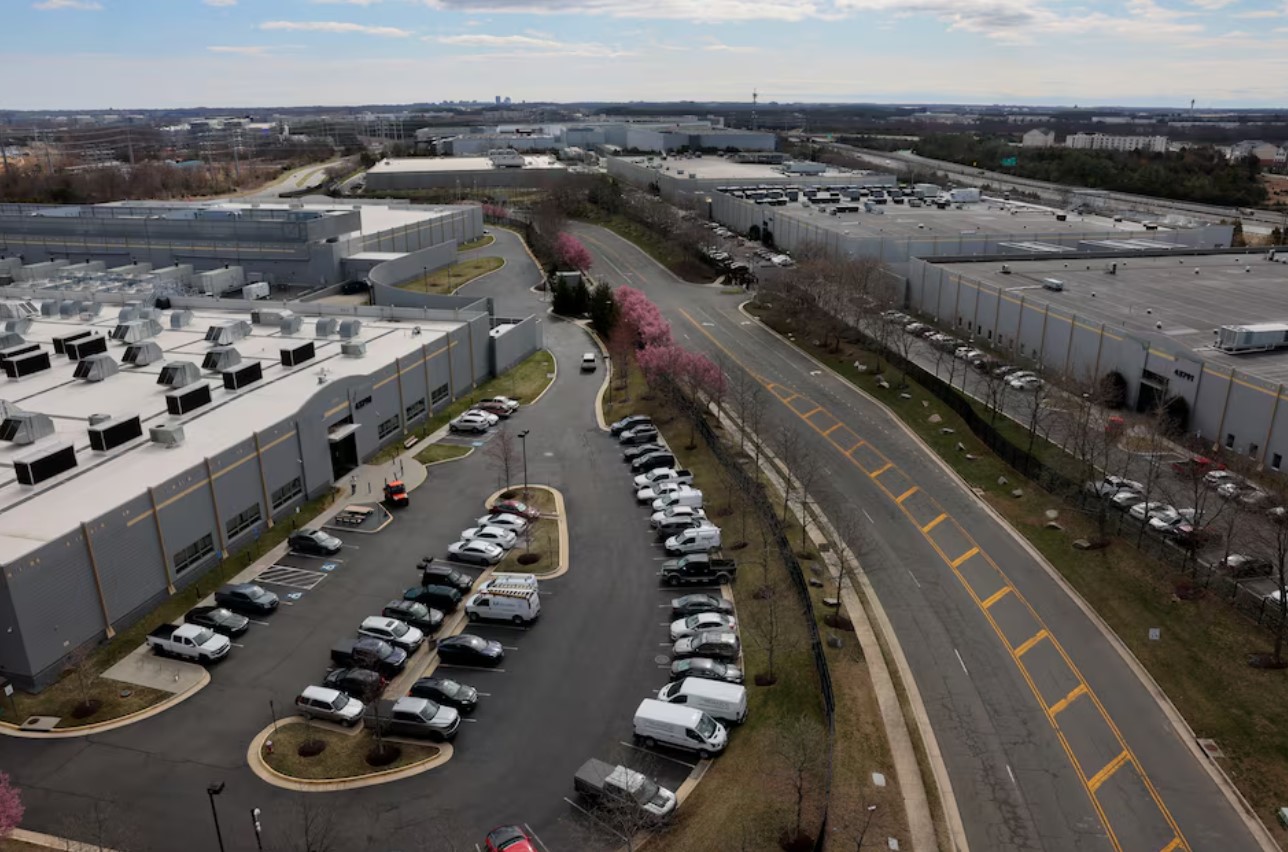
Big Tech’s data center boom poses new risk to US grid operators
- 24.03.2025 06:41
- cyprus-mail.com
- Keywords: Grid instability, Voltage fluctuations
The rapid growth of large data centers has introduced new risks to the U.S. power grid, as their simultaneous disconnections during voltage fluctuations can cause significant imbalances and near-misses for cascading outages. Federal regulators are struggling to address these vulnerabilities while facing resistance from tech companies over potential ride-through requirements, highlighting the growing challenge of balancing grid stability with data center operations.